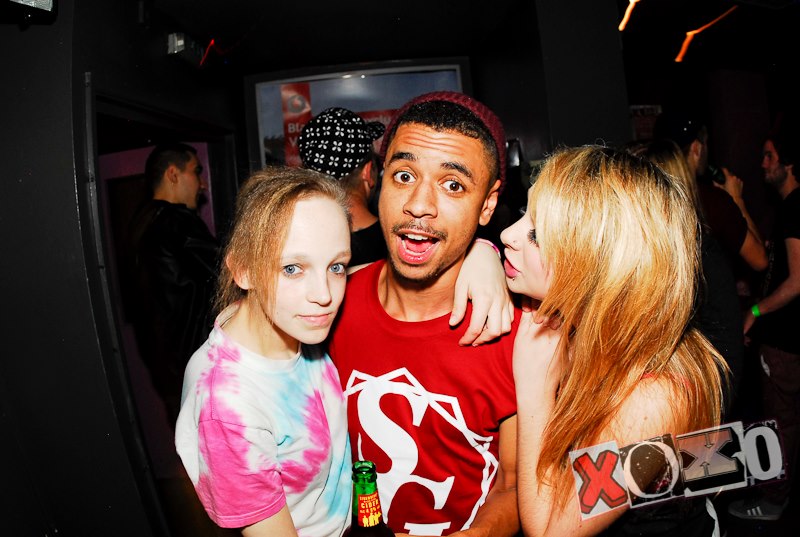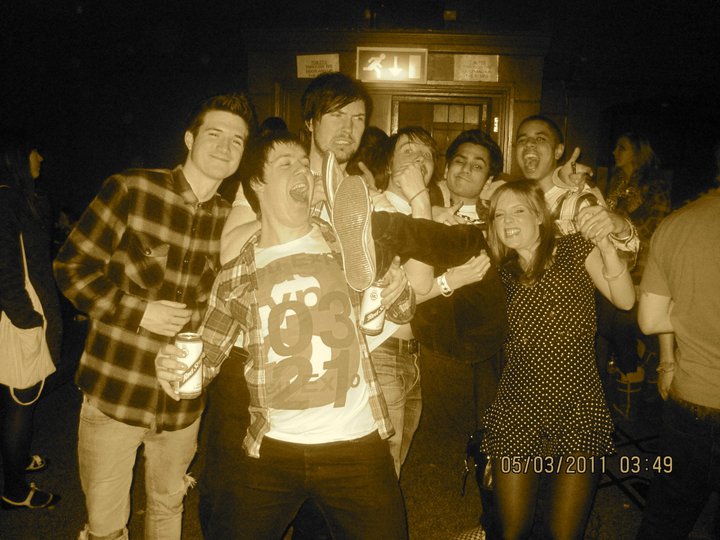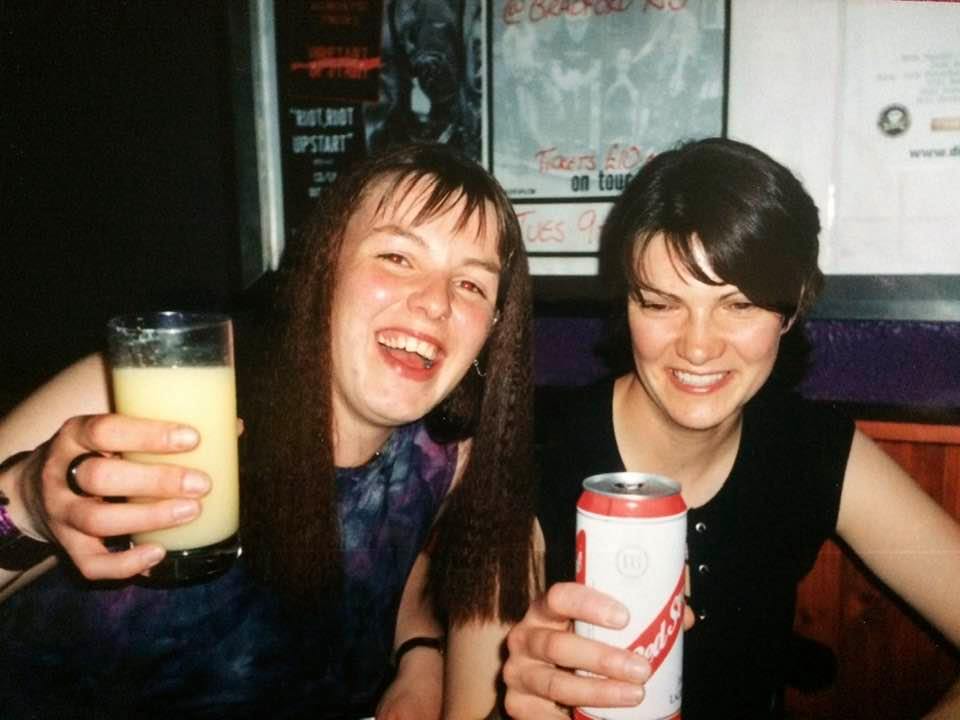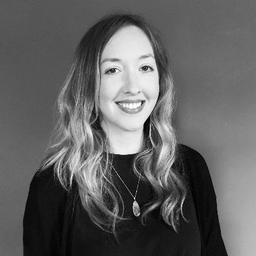'Got any Puddle Of Mudd?' Why 00s rock clubs ruled
Regional rock and metal clubs were once a haven for local greebos looking for a place to mosh the night away – and while many haven't survived the last few decades, their legacies are far from forgotten

If you were an alternative kid growing up in the UK in the 90s or 00s, it’s likely you had a dingy local metal club that was your sanctuary. From Bradford to Brighton, these clubs lurked in towns and on high streets across the country, and while each one had its own individual quirks, the pungent smells, banging tunes and strong sense of community were universal. Nothing could beat the sheer exhilaration of donning a pair of parachute jeans for a sweaty mosh on a sticky dancefloor to the likes of Last Resort and Killing In The Name, while downing whatever brightly-coloured shot was on offer that night – though of course, all the drinks were dirt cheap.
For me, these clubs were like utopia. I grew up in a small village in the west of Ireland, where the closest thing we had to a rock club was cranking up Korn on a CD player in someone’s shed. When I moved to Scotland in the mid-00s to go to university, the notion that there were actual clubs that played nothing but rock and metal was a thrill like no other.
My first experience of one was The Cathouse in Glasgow, where there wasn’t just one, but three floors of music, which just about made my head explode. The smoking area was a huge metal cage complete with ceiling, boxing everyone in together like some sort of goth jail. A few years later I moved to Cardiff, and fell in love with Metros: a one-room basement that had mirrors surrounding the dancefloor, which meant you’d catch unwanted glimpses of your sweaty chops as you headbanged to Rob Zombie. They even served up toast at the end of the night. Genius.
While some of these clubs are still going strong, tragically many haven't survived rising rents and regional regeneration over the years – leaving a hole in the heart of the community for many who used to frequent them. But all it takes is one nostalgic whiff of snakebite and black or the opening twangs of Chop Suey! to bring us right back to those dancefloors. Here, we talk to a group of lifelong moshers who take a look back at some of the UK's most memorable clubs. Sit back, grab a shot of something fluorescent and let us take you on a journey back in time.

The Bunker @ The Roadhouse Pub, Exeter
“The Bunker was the only rock club in Exeter. With venues like The Cavern, the Phoenix Art Centre and the steady stream of students into the town, there was always a rich supply of live music to enjoy, but if you wanted to sway around to some Nine Inch Nails while absorbing cheap lager with like-minded rock and metal fans, The Bunker was it. I was going there from around 1996-1998.
“It was run by a well-known chapter of a notorious motorcycle gang and was basically the venue space in the back of the pub they ran, The Roadhouse on Cowick Street. As you can imagine, there was very little trouble and because the guys were so friendly and accommodating, it created a safe space for the metal kids in a town with very few options. Especially for the University of Plymouth art students (the arts campus was in Exeter for some reason) coming in from around the country, first time away from home and to be suddenly dropped into a city where the nightlife was 75% posh Exeter Uni students and 25% squaddies from the local barracks, the Roadhouse was a place that felt welcoming and open.
“The drinks were basic, the set-up was a PA and a few lights, but that's all we needed. The music was a lively mix of classic bangers like Iron Maiden, Slayer, NIN, Sepultura with the usual rotation of requests we constantly barked at the amazing and very patient DJ, Pete. Our little gang consisted of a surrealist thrash fan, a vampire, a goth dandy, a doomster and me, currently finding my way with the debut album from Queens Of The Stone Age, and I had just discovered a great new band called Orange Goblin on a covermount CD from Metal Hammer. The rest of the crowd was like us, a mixture of tastes and styles all coexisting happily in a biker gang's shed.
The latest news, features and interviews direct to your inbox, from the global home of alternative music.
“Last I heard it was a Goan restaurant, the pub closing down some time in the 2000s. Around the same time the Plymouth Uni arts campus was relocated back to Plymouth and I can't help but think that the two events are linked.”
– James Isaacs
The Edge, Luton
“The Edge was a real mix of people, from the white-skinny-jean-wearing neon nu-rave kids and the full blown goths in one space – it was so great. On Tuesdays circa 2007-2011, it was £10 entry and free drinks all night. As many knockoff WKDs, canned beers/cider you could handle, and dirt cheap Jägerbombs. Safe to say, you were guaranteed to see someone vomiting violently at some point on any night.
“The club was split into two floors. The bottom was indie: The Strokes, Klaxons, Hadouken!, Arctic Monkeys, Libertines etc, maybe some Jimmy Eat World or Head Automatica thrown in. Then there was ‘The Metal Room’ upstairs which was an absolute sweatbox, featuring the big hitters like Lamb Of God, Rob Zombie, System Of A Down, Slipknot and club faves like Limp Bizkit, Linkin Park, Alien Ant Farm, Blink 182 etc. And a bit more post-hardcore of the day like Rueben, Finch, At The Drive-In and Glassjaw. The Metal Room room fucking stank. It was as if there was like 10+ years of cider/sweat/piss/sick soaked into the carpet. Which to be fair, there probably was.
“In my time the club night was linked very much to the then-thriving local music scene. You’d go and see SiKth, Gallows, Enter Shikari, Don Broco, You Me At Six etc at the Student Union for like £5 (!) and then straight onto Edge. Maybe I’m romanticising it, but it felt like a community of regulars. You’d have as much chance having a drink with a band passing through as you would any number of mates you seemed to only know through the club. The DJs were Ginger John and Aaron, and the local promoters DTA Promotions were always there and now-tour manager ‘Big’ Dave Brady would occasionally get behind the decks. He’s still promoting shows in Luton to this day, which I respect hugely. There was also a chicken shop next door that really took that crowd piling out of the club in their stride.
“I don’t know a single person (myself included) who didn’t get barred by The Edge's bouncers for an arbitrary amount of time at some point. It was a rite of passage. It might be one week, it might be six. You’d see people putting on a disguise (like full-blown KISS makeup) to get past the bouncers, or getting someone to cause a distraction and sneaking in like a ninja.
“Unfortunately, the business hasn't survived the pandemic. The Edge was an absolute institution and provided an amazing space for alternative people for 20+ years. RIP The Edge 1998-2020.”
– Curtis Sharkey



Rio’s, Bradford
“Back in the late 90s/early 00s the nearest rock club to me was Rio’s, which was also one of the main venues in the UK for extreme and underground metal. I was definitely one of the kids at school who felt a bit of an outcast because I was technically a ‘mosher’, and a club like Rio’s felt like a place where you could be surrounded by people who were into the same sort of music as you. There was a feeling of belonging, the same way you might visit a rock/metal festival and feel more at home because these are ‘my people’.
“During the club nights the main room mainly played the sort of music you’d read about in Kerrang or Metal Hammer at the time, so Green Day, Foo Fighters, Deftones, NIN, Weezer, Rage Against The Machine, Tool and all the various nu metal. There was also a smaller room where they’d play the more extreme and weirder stuff. We’d only ever pop our heads in there briefly, and they’d be playing something ‘extreme’ such as Cradle of Filth. The cyber goths used to hang out in there as well. If Rio’s still existed I’d probably hang out in that room all the time and shun the main room, but in my late teens I’d not discovered the joys of black, death and doom metal yet.
“21+ years ago craft beer definitely wasn’t a thing (especially in Bradford) so I remember consuming a lot of cheap standard lager and cider. Aftershock was something we would have shots of too: I can almost still taste the sticky cinnamon flavour. Weirdly there was also a kitchen serving food in one corner of the venue meaning you could grab a crap burger or a bag of chips and then you carry on drinking more. It was a great idea, though it did mean half the venue reeked of chip fat. Of course the floors were sticky, and the gents’ toilets were disgusting. It was also the first place that actually saw my very bad fake ID, laughed at it, and then still served me.
“The first gig I ever went to was Paradise Lost at Rio’s. A group of us decided we wanted to go to an actual gig for the first time and bought tickets. Not because we liked the band or listened to them, but mainly because we’d heard the name and thought, ‘Why not?’ Obviously being a bunch of drunk teenagers at a gig for the first time we were acting like dickheads and kept crowd surfing much to the annoyance of the large, middle-aged metalheads in front of us. As I flew off into the crowd one of them punched me in the face while I was mid-air. As I came crashing down to the floor there was blood dripping from my face but because of the large amounts of beer and Aftershock I’d had, I didn’t feel much pain.
“While on the floor I saw there was about £5 in change that had fallen out of someone’s pocket. I scooped it up with my hands which were covered in blood, went to the bathroom to clean myself up, and then hit the bar for a few more shots of Aftershock. I watched the rest of the set a little further back having learned my lesson: I never went crowdsurfing again. Though I did end up working on the PR for Paradise Lost in 2015 and have been with them ever since, so it’s funny how things turn out.”
– Simon Glacken

The Gloucester, Brighton
“Around 2002-2004 I went to The Gloucester in Brighton most Tuesday nights. It was cheaper (free?) to get in before 11pm so we’d go early and shuffle around the edge of the dancefloor until things got busier. I recall the moshers losing their minds when Machine Head’s Davidian played. I often drank cider and black – and any kind of technicolour shot that was on offer. I have a hazy memory of being in there with Architects one time after they’d played The Pressure Point.
“I would also like to give a shout out to Hollywoods in Romford, Star in Leeds, Rock City in Nottingham, Eddies in Birmingham, The Corp in Sheffield and the random rock club I went to somewhere on the outskirts of Northampton which I swear was on an industrial estate. Once I started traveling to see friends around the country, and later on tour with bands, I would happily do shots of Sambucca all night before going on the hunt for chips at 3am. Sure, they had their own quirks, but a rock club is a rock club, and they’re pretty much all playing Davidian at some point in the night.”
– Becky Laverty
Spiders, Hull
“I was going to Spiders in the mid-90s, so it was a mix of grunge, rock and a bit of Britpop and indie. Downstairs was the main rock room. The tables there were in wrought iron spiderweb cages, so we'd always head down early to try and get the best ones. Upstairs they did food and played 80s pop. It's in the middle of an industrial area just outside the main city centre, next to what was then the old cocoa mill (and is now a massive recycling plant), which you'd think would smell chocolatey and lovely, but actually smelled like something had died and was rotting in there. It was pre-smoking ban though, so once you were in there it just smelled of cigarettes.
“The drinks were crazy, and very, very cheap. Most people drank the house cocktails, which were sweet, came in pint or half-pint glasses and went down a bit too easily. They included the Willie Worm, which had jelly worm sweets in it, the Pink Pugsley, which was an unholy combination of Malibu, Grenadine and strawberry milkshake, and the lethal Pangalactic Gargleblaster: Pernod, Galliano, vodka, blackcurrant, orange and cider. You always knew when someone had been drinking that by the trail of purple puke leading to the toilets.
“It was really welcoming to anyone, but it was mainly alternative rock kids. There were all the goths who'd been going since the 80s and a lot of students. It was just a really lovely, friendly, supportive atmosphere, especially given how rough some of the mainstream townie clubs were. The person running the door was an older lady called Peggy, who we all absolutely adored. She looked after anyone who was worse for wear and made sure everyone was ok. One of the people I met there, John, is still one of my closest friends about 27 years later.
“It was only open Friday and Saturday nights, and you had to be a member or the guest of a member, so everyone knew each other. The cafe over the road stayed open late, so we'd go there for chips at 2am when we left to get a cab home. New Year's Eve was always extra fun – you'd get given a raffle ticket on the way in and you'd win all sorts, from bottles of booze to teddy bears. But to be honest, every night there was just like home.”
– Emma Johnston
Hannah May Kilroy has been writing about music professionally for over a decade, covering everything from extreme metal to country. She was deputy editor at Prog magazine for over five years, and previously worked on the editorial teams at Terrorizer and Kerrang!. She currently works as the production editor for The Art Newspaper, and also writes for the Guardian, Classic Rock and Metal Hammer.

